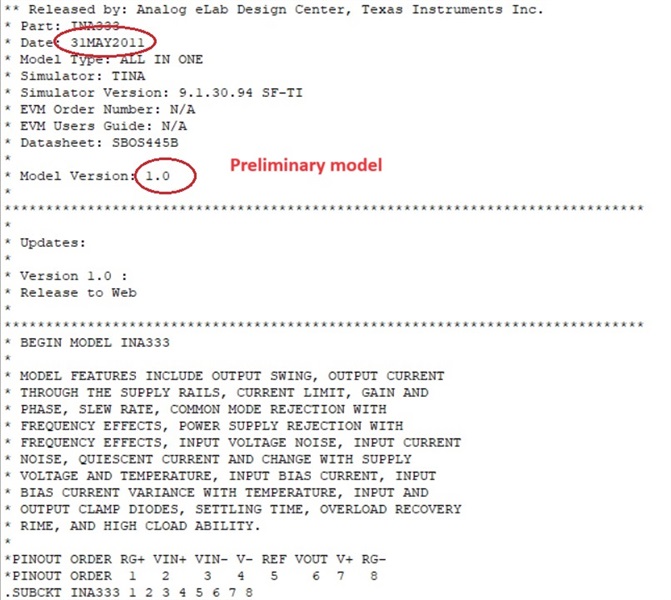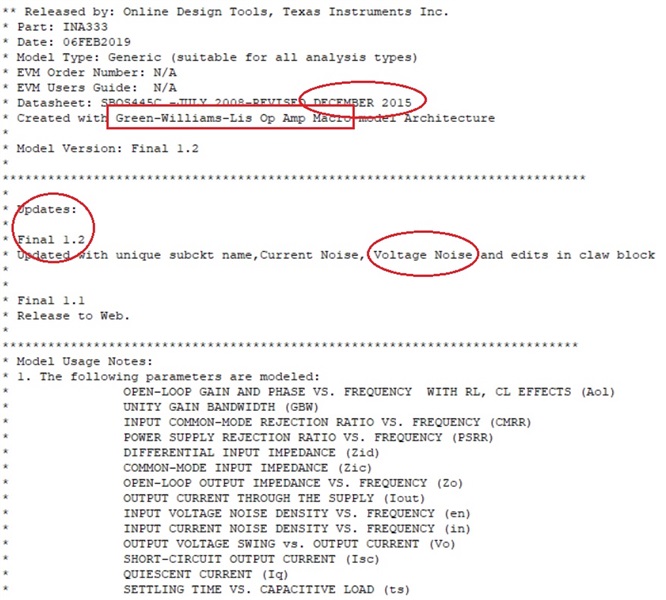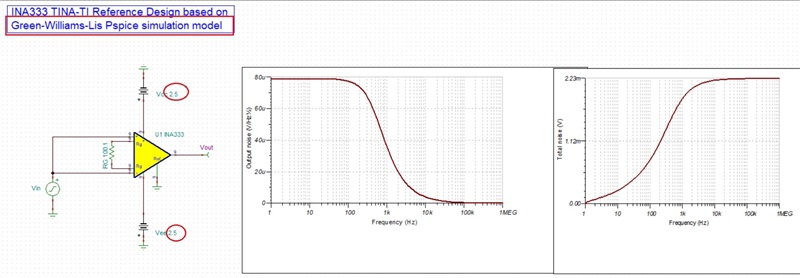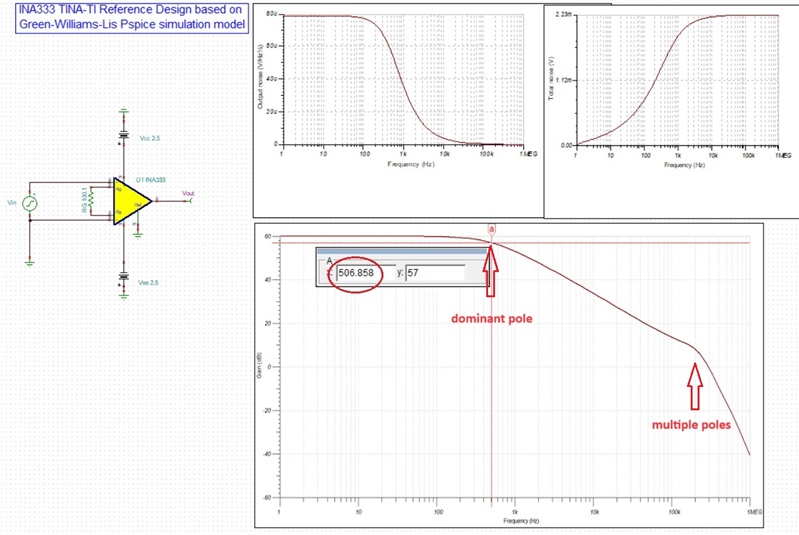Other Parts Discussed in Thread: TINA-TI, , OPA333
Hello.
I'm doing some simple simulations in Pspice and TINA-TI (using the Wheatstone bridge example) and have found the following discrepancy:
1.- Simulating with TINA-TI and using the default model of this library (in Spice Macros -> Instrumentation Amplifiers ->INA333) the result is the following:
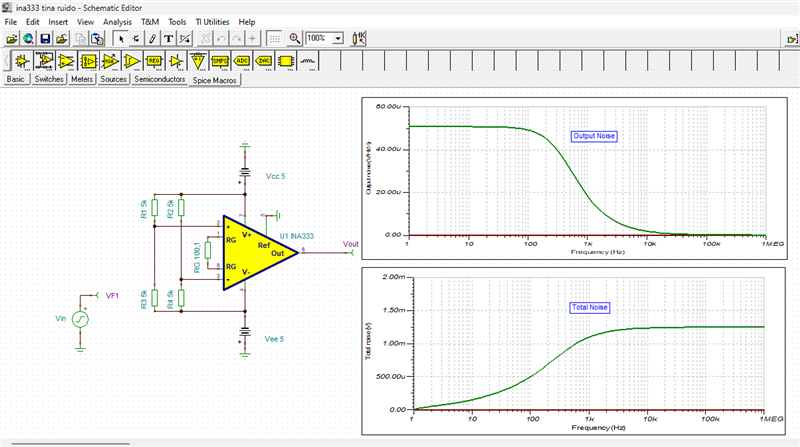
2.- If I use the simulation model INA333 TINA-TI Reference Design (Rev. F) SBOC264F.TSC (1395 KB) - TINA-TI Reference Design (https://www.ti.com/lit/tsc/ sboc264) and I modify it to make it the same as the previous simulation then I get these results:
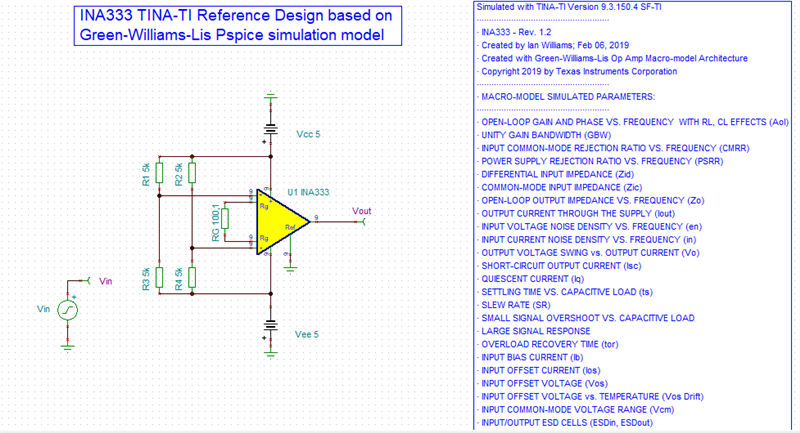
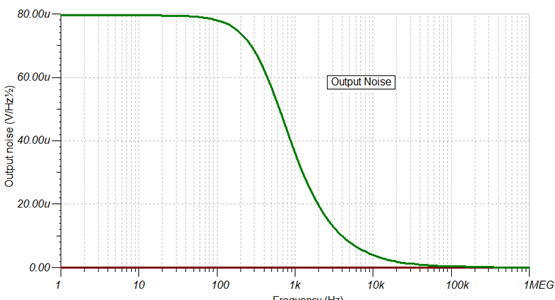
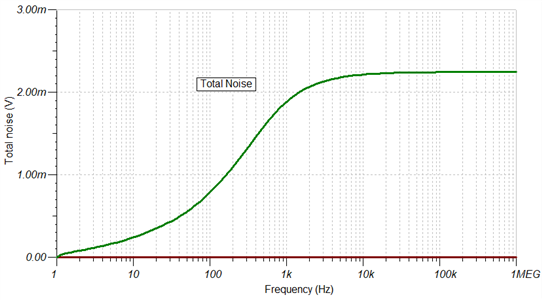
Conclusions:
The results of the first simulation are more similar to the hand-made calculations.
In the second simulation the results are higher than in the first.
Using PSPICE with the INA333 simulation model PSpice Model (Rev. G) SBOM382G.ZIP (26 KB) - (www.ti.com/.../sbom382) the result is identical to the second simulation.
Changing the gain to G=100 Rg=1k in both situations, the results are also different.
Ask:
Which simulation is closest to reality? Which simulation model is more reliable?
Since the results are so different and considering that the simulation model provided by TI is more up to date, it should be the most appropriate but it is different from the usual hand-made calculations.
I attach the simulation files.


